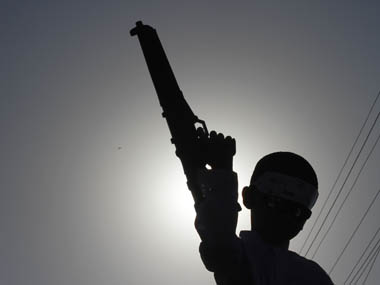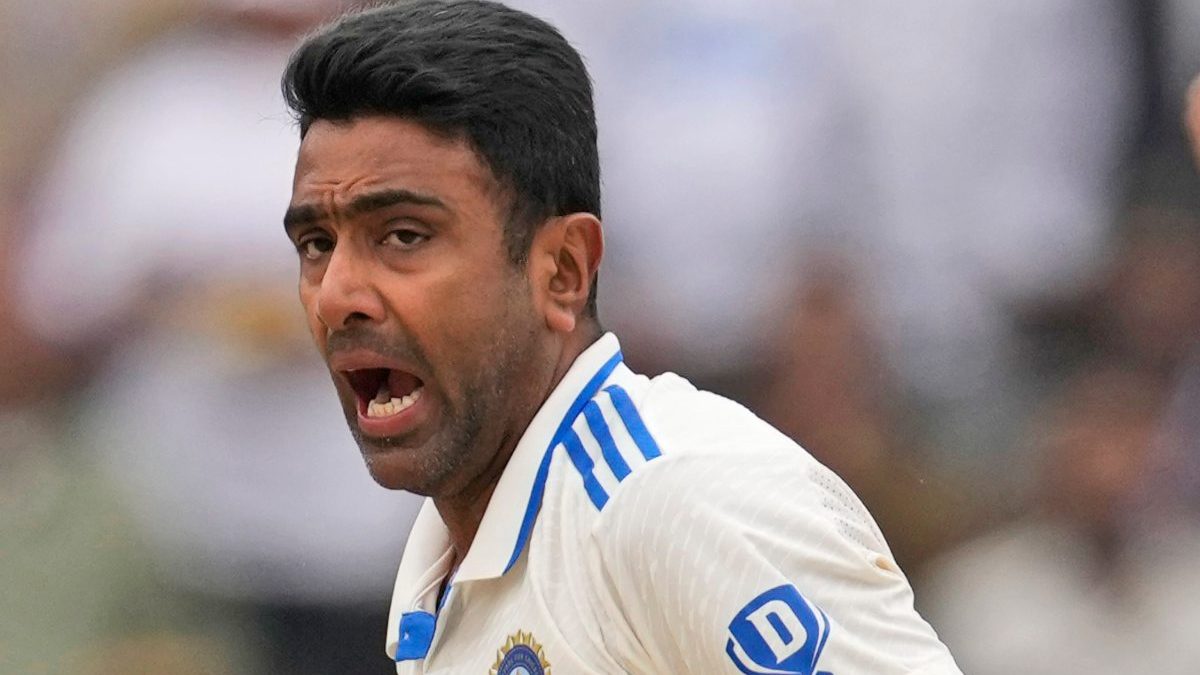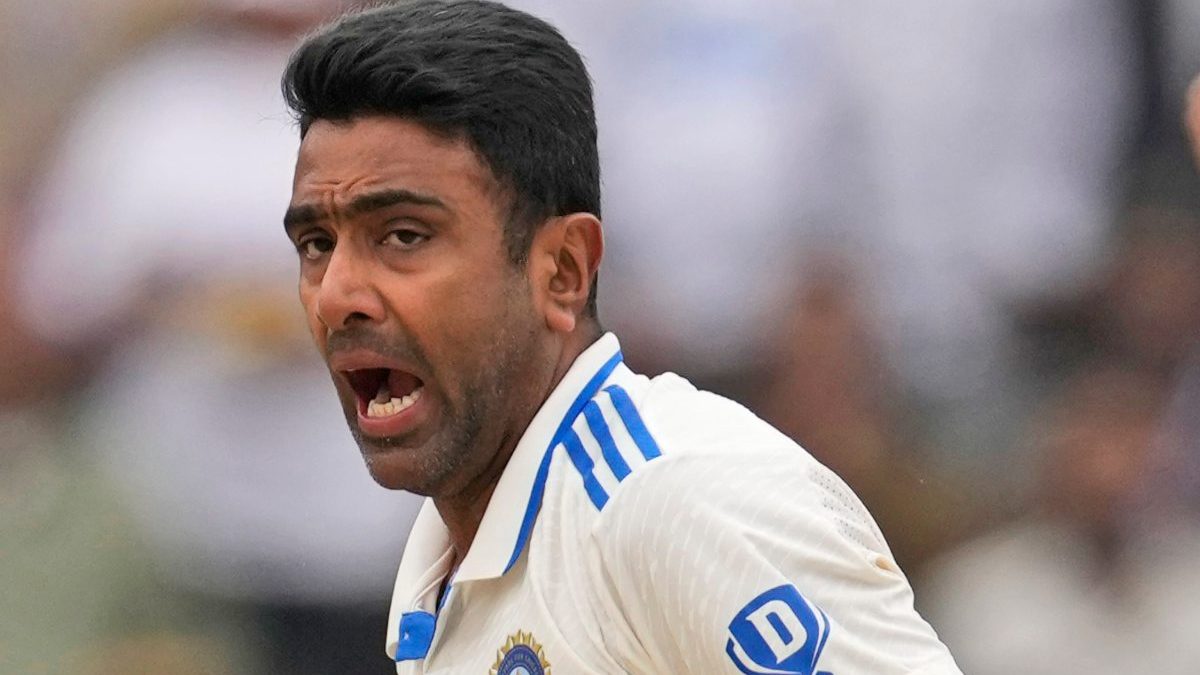Anjali, 17, died after four days of struggle in a hospital in Delhi’s Paschim Vihar. Her death didn’t merit front page space in today’s newspapers; television channels made only a perfunctory reference to the development. The government’s flip-flop on Kohinoor received more attention instead.
Does it surprise one that there is no outrage over the fact that a young girl died because some people decided to have fun with guns? No. She was the daughter of a tea stall owner; obviously not belonging to the social classes which interest journalists. Moreover, it was an accident. People keep dying in accidents, don’t they?
Anjali, who? Many would ask this question. She is a girl from the Mongolpuri area of Delhi who on Saturday suffered from gunshot injuries to the head while watching a marriage procession on the street from her house two storeys above. A class 12 student, she was on her balcony with her sisters when someone in the procession started firing in the air to celebrate the occasion. One bullet got lodged in Anjali’s head. She was rushed to the hospital where she died on Tuesday. No one had been arrested by the police till Wednesday morning though they claim to have identified the culprit.
What is more worrisome about this episode is this could happen to any one of us. A similar incident had resulted in the death of a youth in outer Delhi in 2012. Every year police have been making arrests but there has been no real check on this obnoxious practice. Police say there’s no law banning such firing and they can act only when they catch the culprits in action. This is not easy when a big procession is on, they say.
Pressing the trigger for fun is almost a tradition in several western UP districts and many parts of Bihar, Rajasthan and Haryana too. In the Shamli district of Uttar Pradesh, an 8-year-old boy was killed when Samajwadi Party workers started firing to celebrate a local election victory. This incident took place in the month of February. A couple of years ago a girl from Sonepat in Haryana was killed when she was hit by a stray bullet fired during a marriage ceremony. People at the marriage function of cricketer Ravindra Jadeja at Rajkot on Sunday have been accused of indulging in celebratory firing. In some parts of Bihar, it is not even worth participating in a marriage without celebratory gun firing.
There are numerous such incidents and there is little point in listing them out in detail. But this is a dangerous practice that has threatened and claimed many lives. It perhaps originated in the late medieval period to project strength and power. But today it has very little relevance and comes across as gimmicky.
It means nothing but the fact that it survives should be worrisome. The crude practice is reflective of a callous disregard for human life. Open display of weapons, and thus power, militates against all norms of a civilised society. Such incidents remind us that we live in an unsafe social environment; there are just too many people who can shoot us.
Anjali’s case should serve as wake-up call. Her death was no accident. It was murder.


)




)
)
)
)
)
)
)
)